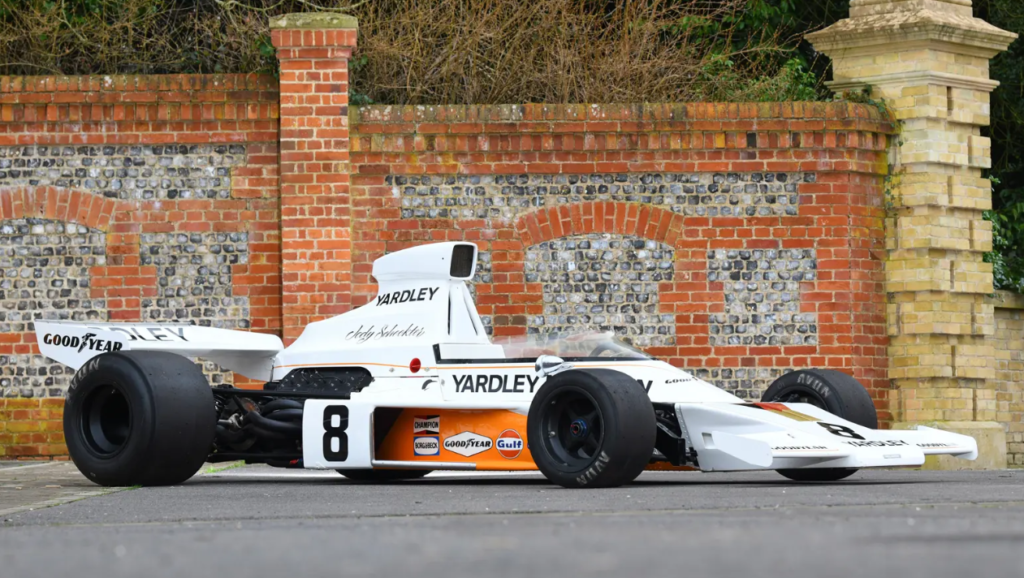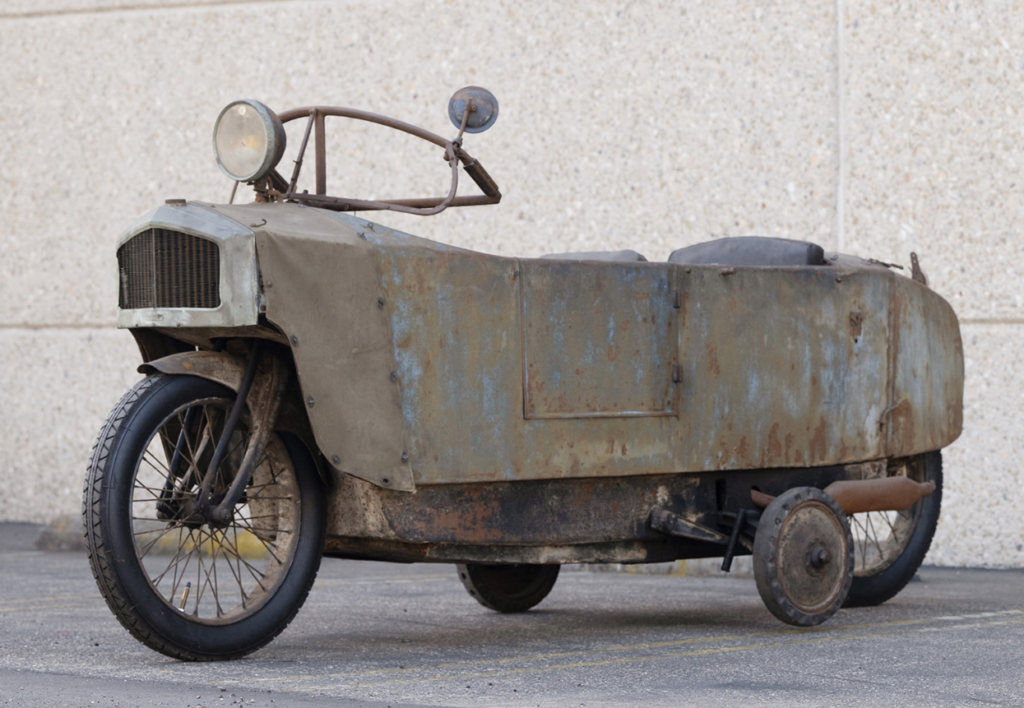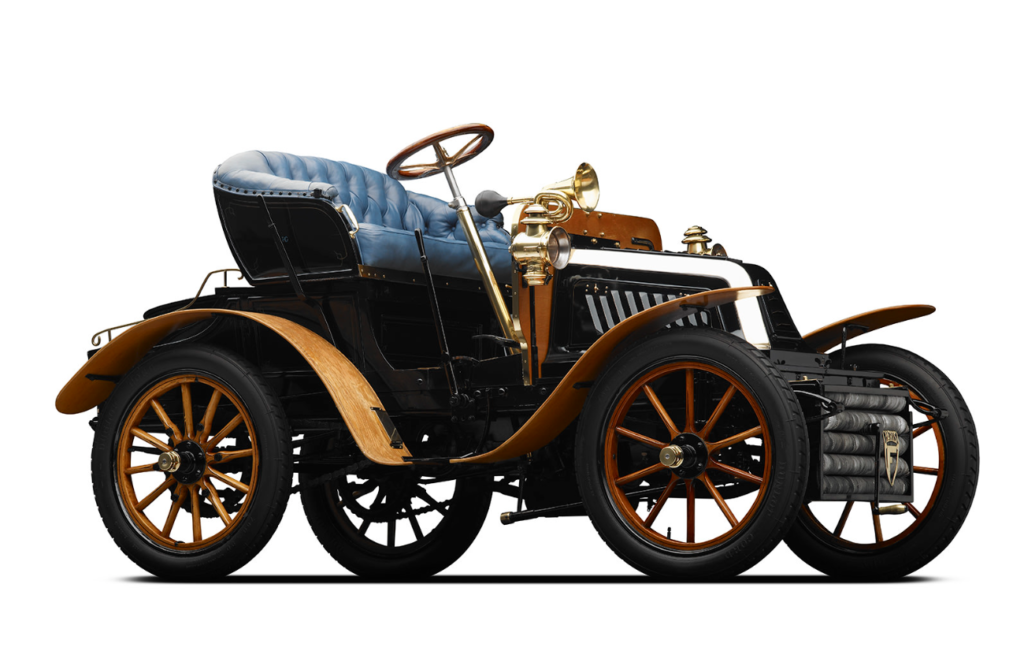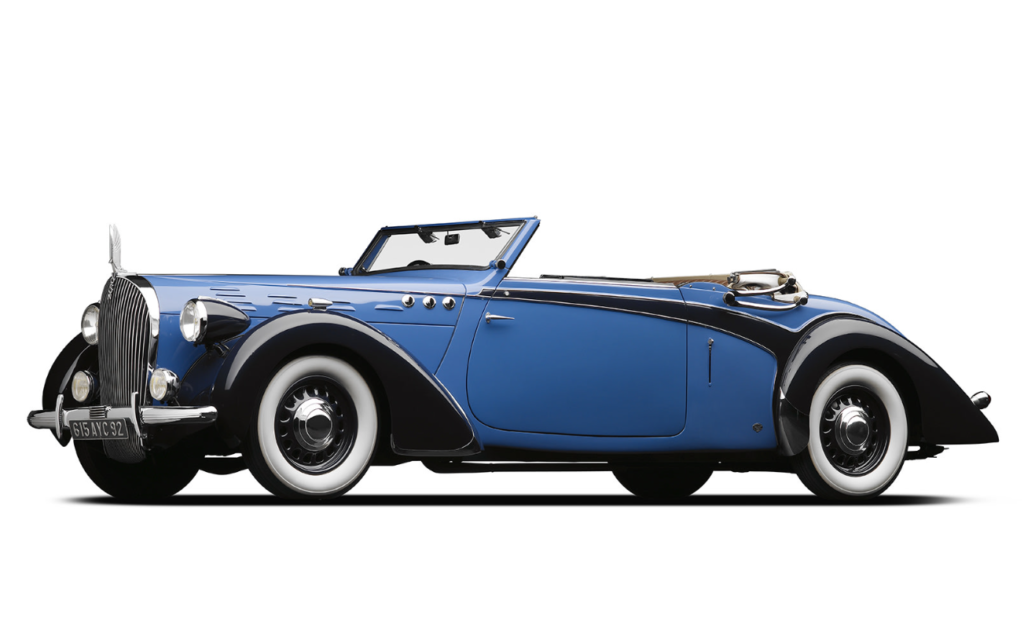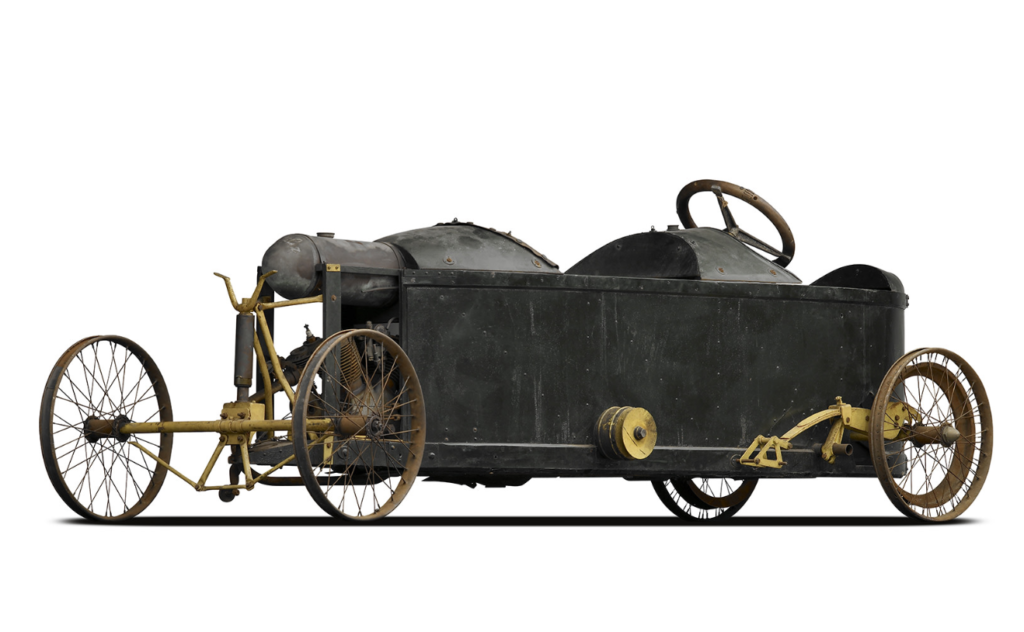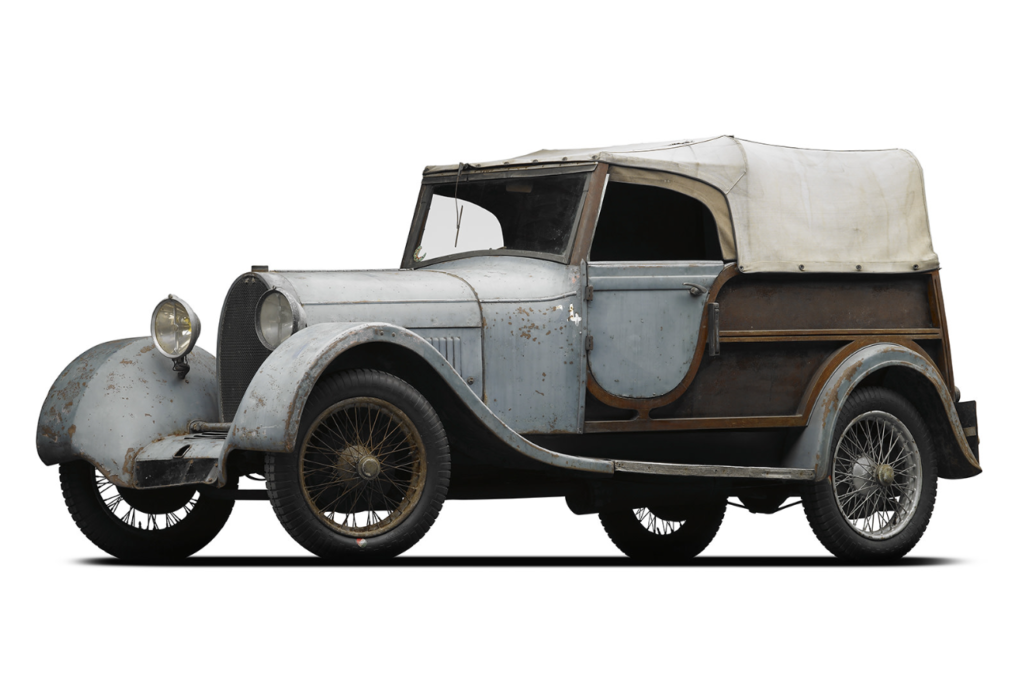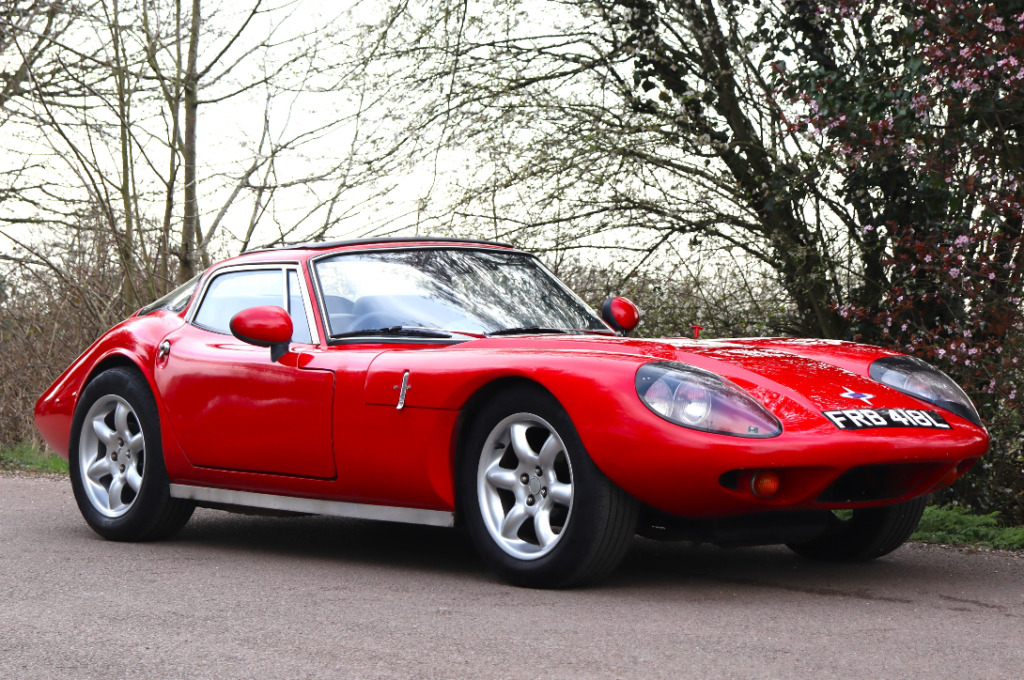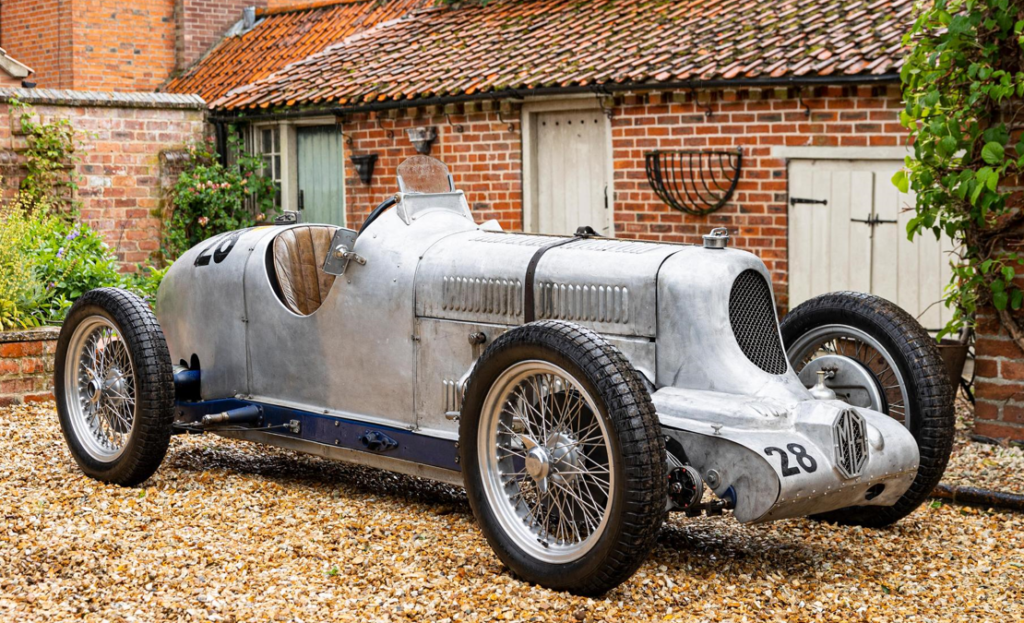2002 Toyota TF102
Offered by Bonhams | Monaco | May 2024
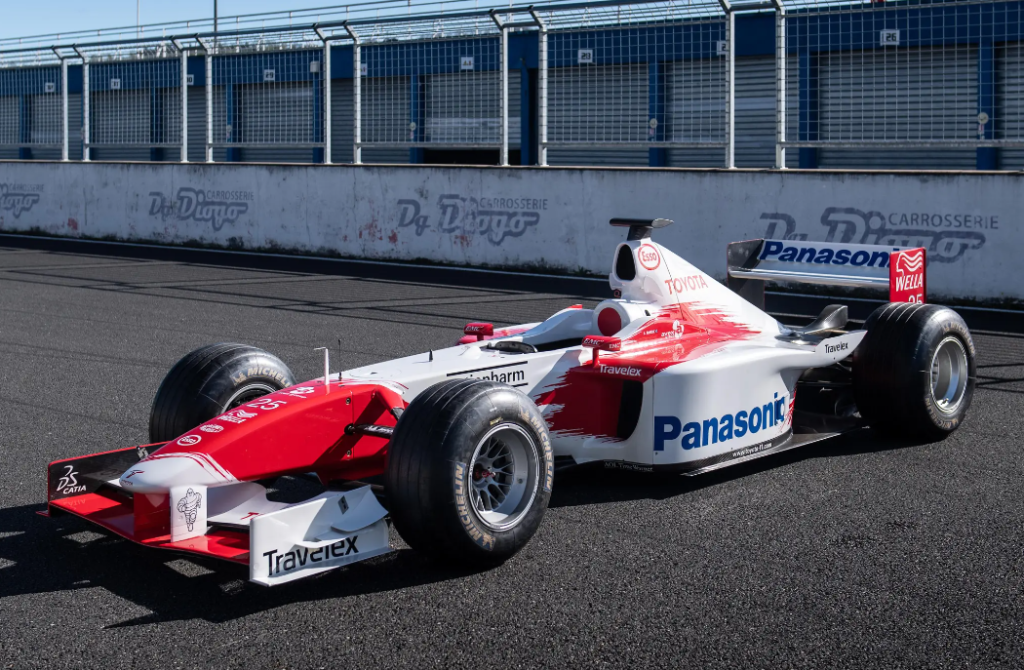
Toyota announced they were heading to Formula One in 1999, but they didn’t appear on the grid until 2002. The TF102 was their first F1 car, and this is chassis #03. It was used as a test car for the team throughout the year, seeing seat time with both of their drivers: Mika Salo and Allan McNish. It was also driven by Stephane Sarrazin and Alan Briscoe.
The team was both a chassis constructor and an engine manufacturer, and this chassis retains a 835-horsepower, 3.0-liter Toyota V10 (though, some electronics are missing). The TF102 peaked early, earning Salo a 6th place finish in its debut in Australia. Salo would achieve a 6th-place finish two rounds later in Brazil, and it was all downhill after that.
Toyota left F1 after the 2009 season, never having won a race. This chassis was purchased by its current owner in 2020 and has a pre-sale estimate of $320,000-$430,000. Click here for more.

